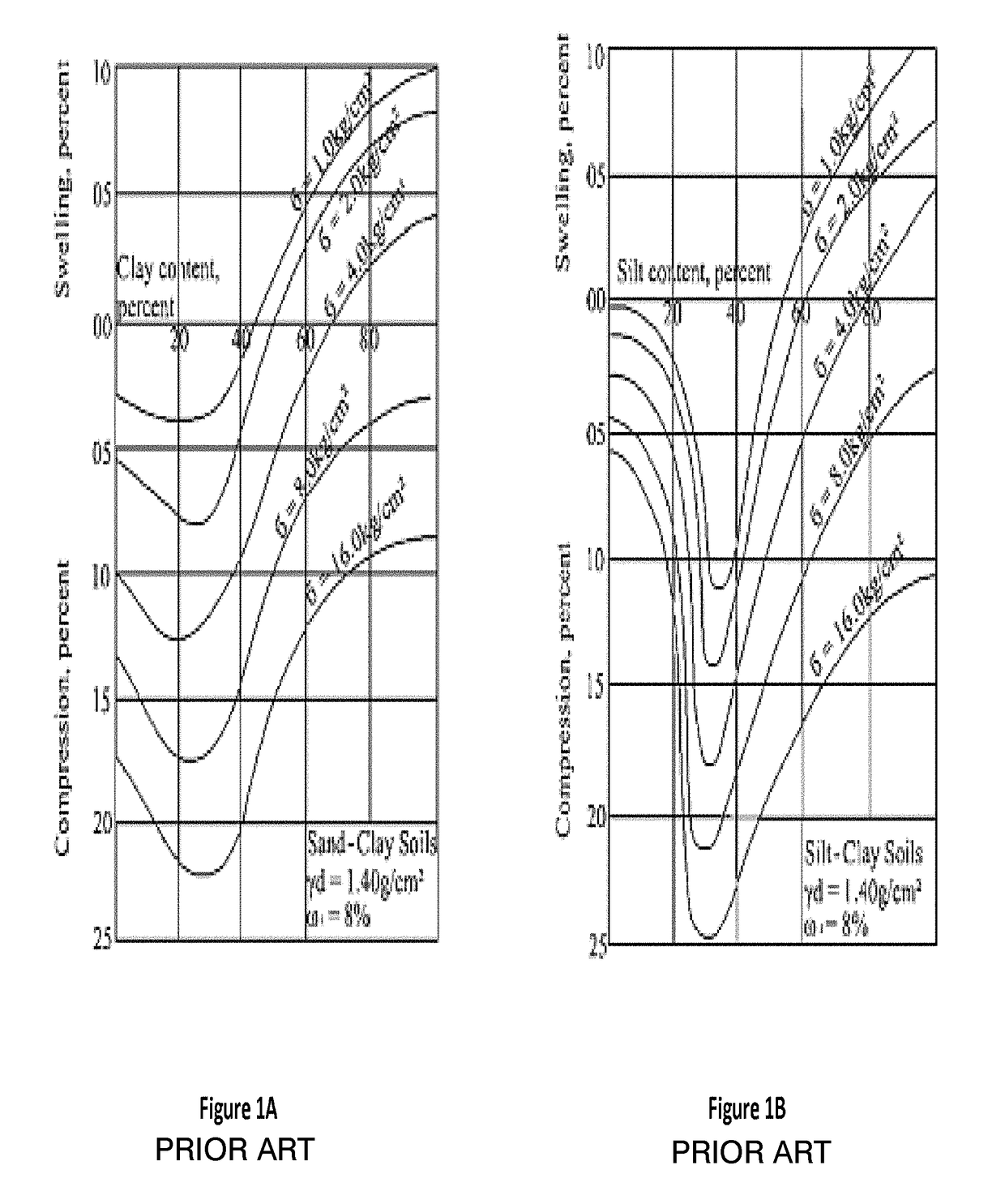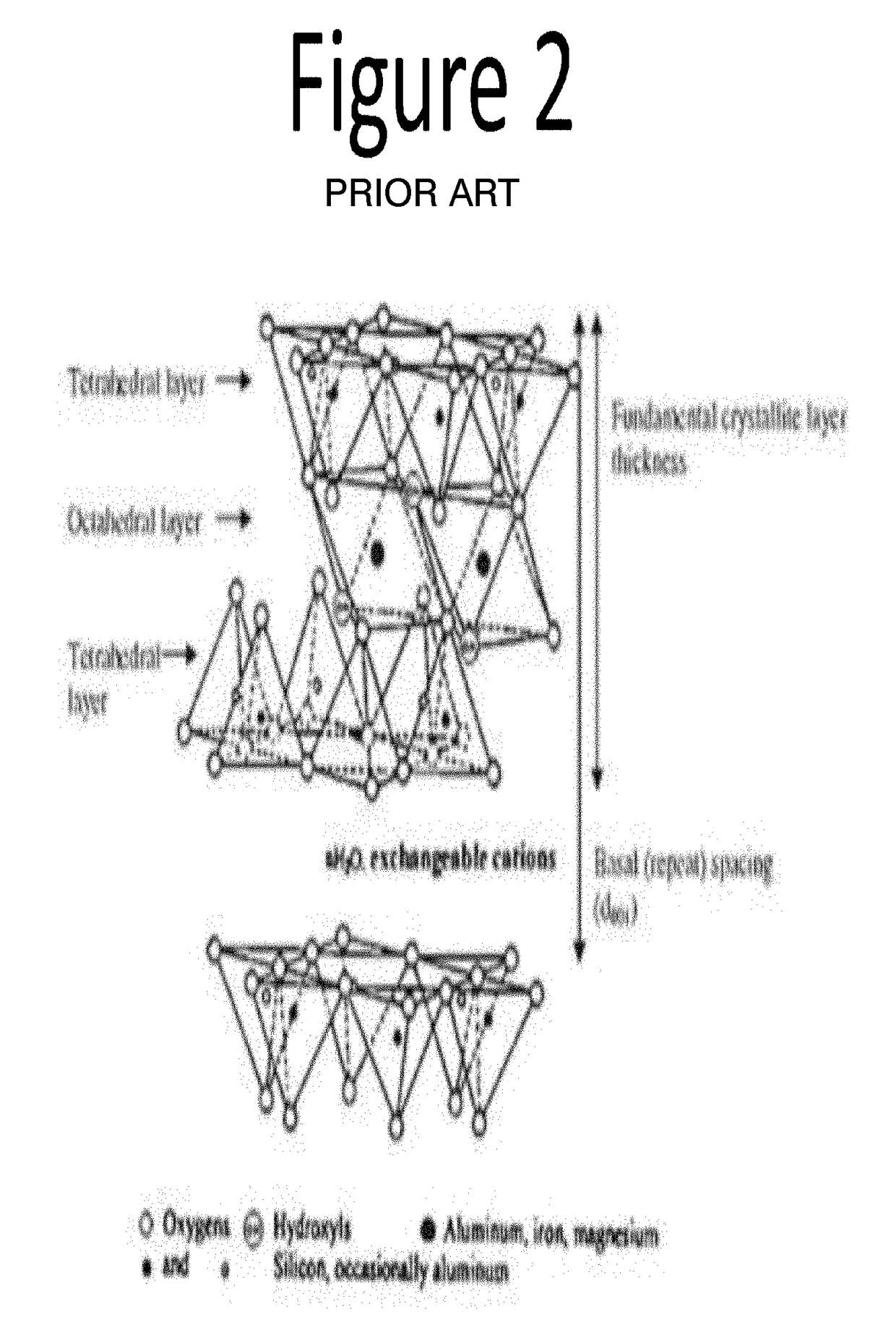Expansive clays are widely prevalent all over the world as one of the most problematic and challenging soils.
These soils undergo significant volume change with the change in the moisture regime, thereby posing problems to the stability of the structures founded on such strata.
The expansive clays become highly erratic in behavior especially when present in unsaturated / partially saturated state having fluctuations of the saturation levels.
More challenging is the fact that foundations of most civil engineering structures are generally placed in the partially saturated soil zones with a continuously varying degree of saturation with the environmental and weather conditions.
The American Society of Civil Engineers (ASCE, 2013) estimates that 25% of all the homes in the United States suffer some extent of damage by expansive soils and an estimate shows that in a typical year in the United States these soils cause a financial loss to property owners greater than other natural disasters such as earthquakes, floods, hurricanes and tornadoes combined.
Consequently, structural and functional damage to the structures of the entire housing complexes by expansive clays is quite common in several areas of KSA.
Empirical and experimental based solutions and formulae to predict the expansive potential of these soils have not been able to provide a comprehensive understanding for the various possible variations in the fabric and structure of the natural and compacted expansive clay soils.
Since the emergence of the unsaturated geotechnical engineering, performance of numerical modeling of the realistic volume change behavior of the expansive clays is a challenge for the geotechnical engineer.
All the developed constitutive models do not comprehensibly incorporate the coupling of the behavior at the macro, micro, and nano / molecular levels.
Lack of proper understanding and knowledge of the nano / molecular level interactions of the clay minerals with pore fluids and the other non-swelling constituents have limited the development of specific constitutive models encompassing the accurate behavior under several possible combinations of clay, fluid and other non-swelling particles.
This behavior becomes further complex for the swelling clays when the interaction between clay, fluid, and the non-swelling clay particles become predominant.
Some studies have been conducted to simulate the swelling and / or water absorption behavior of the single or isolated expansive clay minerals, but modelling of the real / natural expansive soil fabric and its interaction with pore fluids at molecular level is still lacking.
Moreover, no efforts have been directed to couple the macro and micro scale material behavior based on the findings of these molecular simulations.
Attempts to predict the expansive or swell potential of expansive clay minerals or expansive clayey soils comprising expansive clay minerals have not been able to provide a comprehensive understanding for the various possible variations in the fabric and structure of the natural and compacted expansive clayey soils.
Since the emergence of the unsaturated geotechnical engineering, performance of numerical modeling of the realistic volume change behavior of the expansive clays is a challenge for the geotechnical engineers.
All the developed constitutive models do not comprehensibly incorporate the coupling of the behavior at the macro, micro, and nano levels.
Lack of proper understanding and knowledge of the molecular and nano level interactions of the clay minerals with the pore fluids and the other non-swelling constituents have limited the development of specific constitutive models encompassing the accurate behavior under several possible combinations of clay, fluid and other non-swelling particles.
This behavior becomes further complex for the swelling clays when the interaction between clay, fluid, and the non-swelling clay particles become predominant.
The excessive volume change tendency of expansive clays is mainly attributed to the presence of expansive clay minerals in the soil fabric.
These expansive clay minerals have got high affinity to the water and dissolved ions due to the net unbalanced electrical charges present on their surfaces.
Isomorphous substitution, broken edges, and eccentric positive and negative charge centers result in net unbalanced charges on these particles.
However, one of major limitation in Gens and Alonso model is the consideration of the two micro level voids as one.
Therefore, their model may only be considered applicable to heavily compacted clays such as ones being used for the nuclear and other types of waste containment.
Moreover, Pinyol et al. did not consider the effects of presence of fissures and cracks present in the natural clay fabric.
), it becomes difficult to characterize the structure and the pore spaces even using the most advanced and sophisticated Environmental Scanning Electron Microscope (ESEM) and X-ray Computed Tomography (CT) scanning or mercury porosimetry techniques (Fityus and Buzzi).
However, Terzaghi's saturation and effective stress concepts could not be considered applicable to the saturated peds (Lambe and Whitman; Sridharan and Venkatappa; Heuckel.
Moreover, flocculated fabric may also be responsible for such discrepancy.
These expanded structures have a tendency to collapse / compress / shrink upon loss of water.
However, there are certain limitations associated with DDL such as cations are being considered as point charges, DDL may not develop in highly compacted soils and there is less likelihood of presence of parallel clay particles in real clay fabric.
The results of these studies are in some cases in contradiction of the general understanding of the swelling clays.
The equations suggested by the authors represent the planar surfaces and are limited by the fact that these do not account for the wetting induced collapse and swelling.
Moreover these are valid only for monotonic loading and not for wetting and drying cycles.
Moreover, no hydraulic hysteresis has been incorporated in the model.
One of the major limitations of the Gens and Alonso model was the assumption regarding the permanent saturation of the microfabric as that does not seem to be realistic as microvoids / inter platelet voids may remain unsaturated as well.
Moreover, this model was mainly conceptual in nature and no detailed mathematical formulation was provided till a complete mathematical model by Alonso et al.
However, most of the researchers worked towards the development and improvement of the unsaturated soil model for non-expansive soils, while only few accomplished some improvements and variations in the expansive clays model.
(1999) and this has remained one the major limitation of these models even to the present.
The challenge with BExM is that the micro parameters and the function coupling the micro and macro structural strains are difficult to determine experimentally.
In this respect, several models have been developed for unsaturated soils but no such effort has been made for expansive soils.
Besides being a macroscopic model, this is in fact a major limitation of the model.
Although some studies have been conducted to simulate the swelling and / or water absorption behavior of the single or isolated expansive clay minerals, modeling of the real / natural expansive soil fabric and its interaction with pore fluids at molecular level is still lacking.
Moreover, no efforts have been directed to couple the macro and micro scale material behavior to the findings of these molecular simulations.
 Login to View More
Login to View More 


